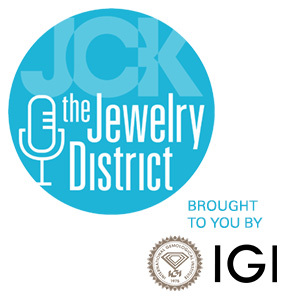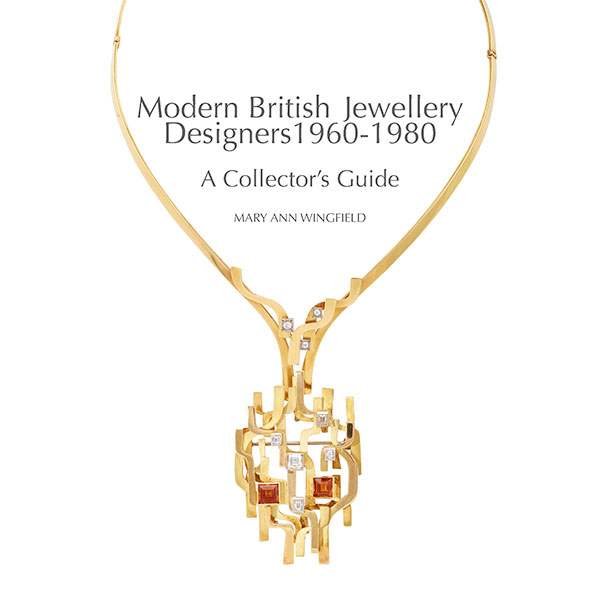
To clarify, this particular Snowdon is not Antony Armstrong-Jones, the wildly attractive, if caddish, husband to Princess Margaret, whose romance is rather compellingly portrayed in early seasons of Netflix’s The Crown, but the couple’s son, Lord David Armstrong-Jones (the senior Armstrong-Jones passed away in 2017). It makes sense that he was asked to pen the foreword to Modern British Jewellery Designers 1960–1980: A Collector’s Guide, a new title from ACC Art Books, given that his parents were integral to the ascent of British jewelry design in 1960s and 1970s.
“I hope that this book will go some way to expanding the interest in this unique era of British jewellery, when the boundaries of design and craftsmanship were pushed to their limits,” Snowdon writes, noting that it was his father who encouraged his mother, Princess Margaret, to “support the creative talent of the independent jewellery designers who were testing the boundaries of new possibilities in jewellery making and design in the early 1960s.” And that his father opened “the new jewellery shop in Jermyn Street for Andrew Grima in 1966.”
This is wonderful context in which to appreciate the 160-page book—billed as a collector’s guide to the era’s most influential and coveted names in British jewelry design and metalsmithing. In it, author and collector Mary Ann Wingfield reveals the inspirations and the identifying signatures of 25 key British jewelers, including Stuart Devlin, Elizabeth Gage, Joseph Kutchinsky, Gerda Flöckinger, and, of course, Andrew Grima, whose work is well represented in her discussion.
Additional context, plucked from the book’s press release: “In the 1960s, British jewelry underwent a revolution. Natural, uncut stones exploded into vogue, and a 1961 exhibition at the Goldsmith’s Hall kickstarted the nation’s new obsession with gold. The women who shopped at Mary Quant’s Bazaar and Barbara Hulanicki’s Biba no longer just received jewelry as gifts. They placed their own orders, exploring Grima’s drizzled gold and Flöckinger’s fused metallic experimentations; John Donald’s textured gold cubes; and the House of Munsteiner’s curious new gem cuts. This was an era of innovation.”
Straight from the book, some spectacular exemplars, below.
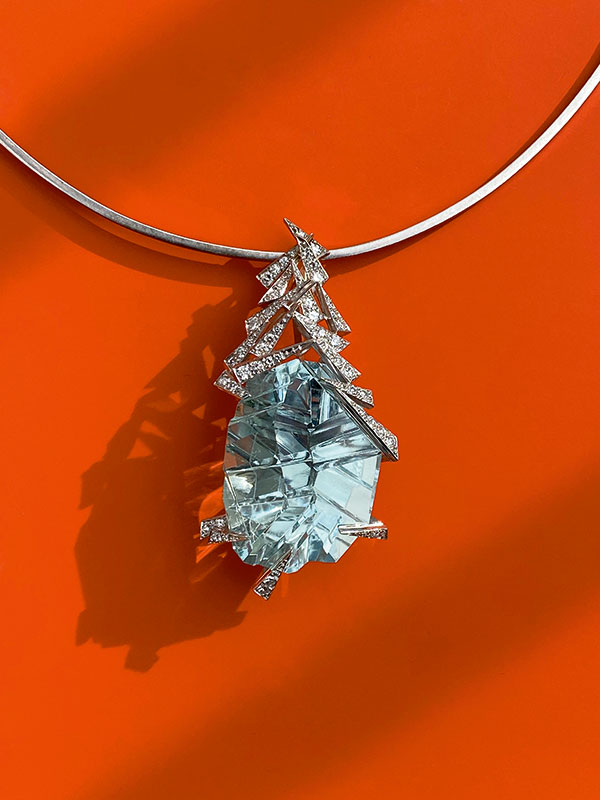
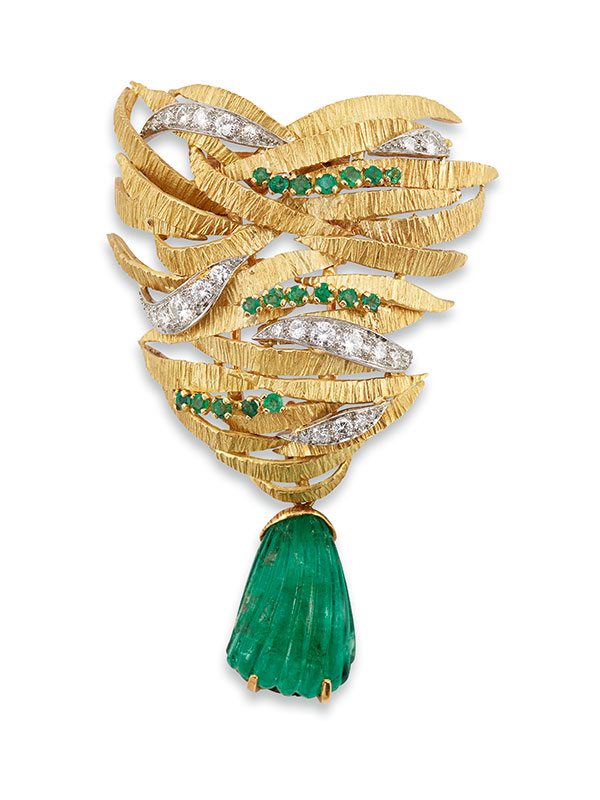
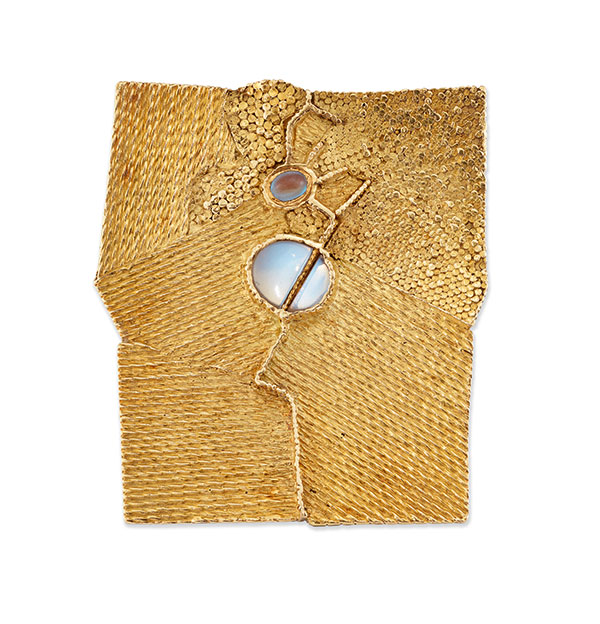
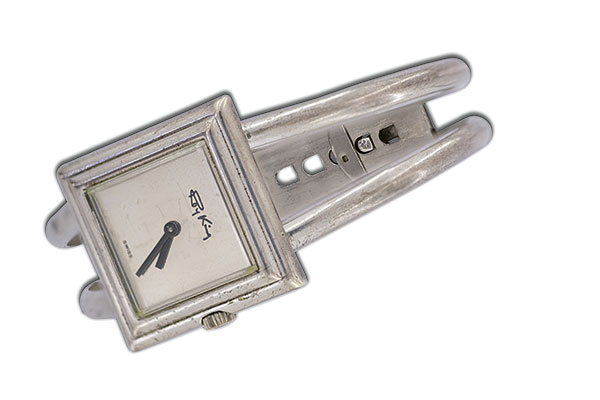
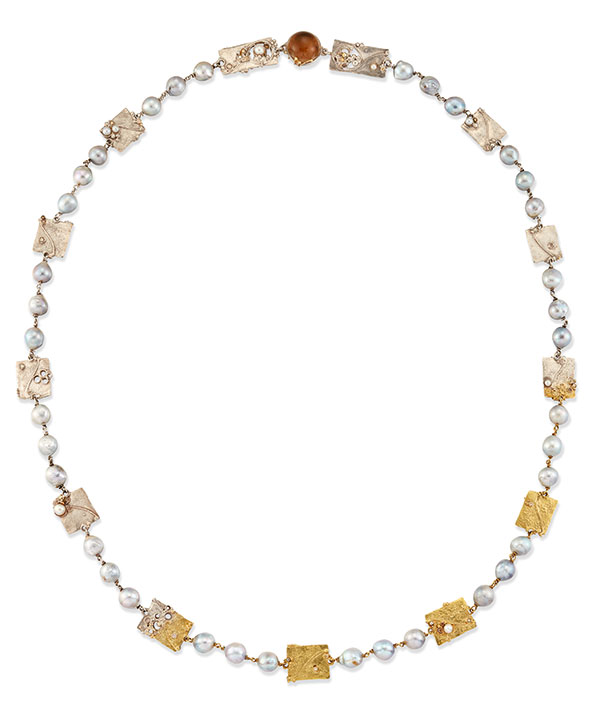
Top: The cover of Modern British Jewellery Designers 1960–1980: A Collector’s Guide by Mary Ann Wingfield featuring a diamond collar pendant necklace, 1969, Tom Scott. Within the book, also pictured is the jewel’s matching ring (photo by Jon Stokes; all photos courtesy of ACC Art Books).
Follow me on Instagram: @aelliott718
- Subscribe to the JCK News Daily
- Subscribe to the JCK Special Report
- Follow JCK on Instagram: @jckmagazine
- Follow JCK on X: @jckmagazine
- Follow JCK on Facebook: @jckmagazine

